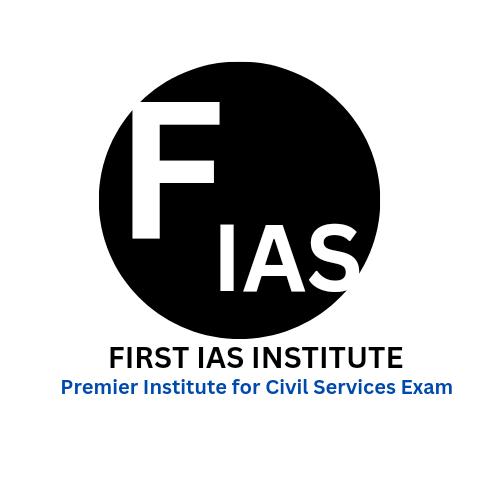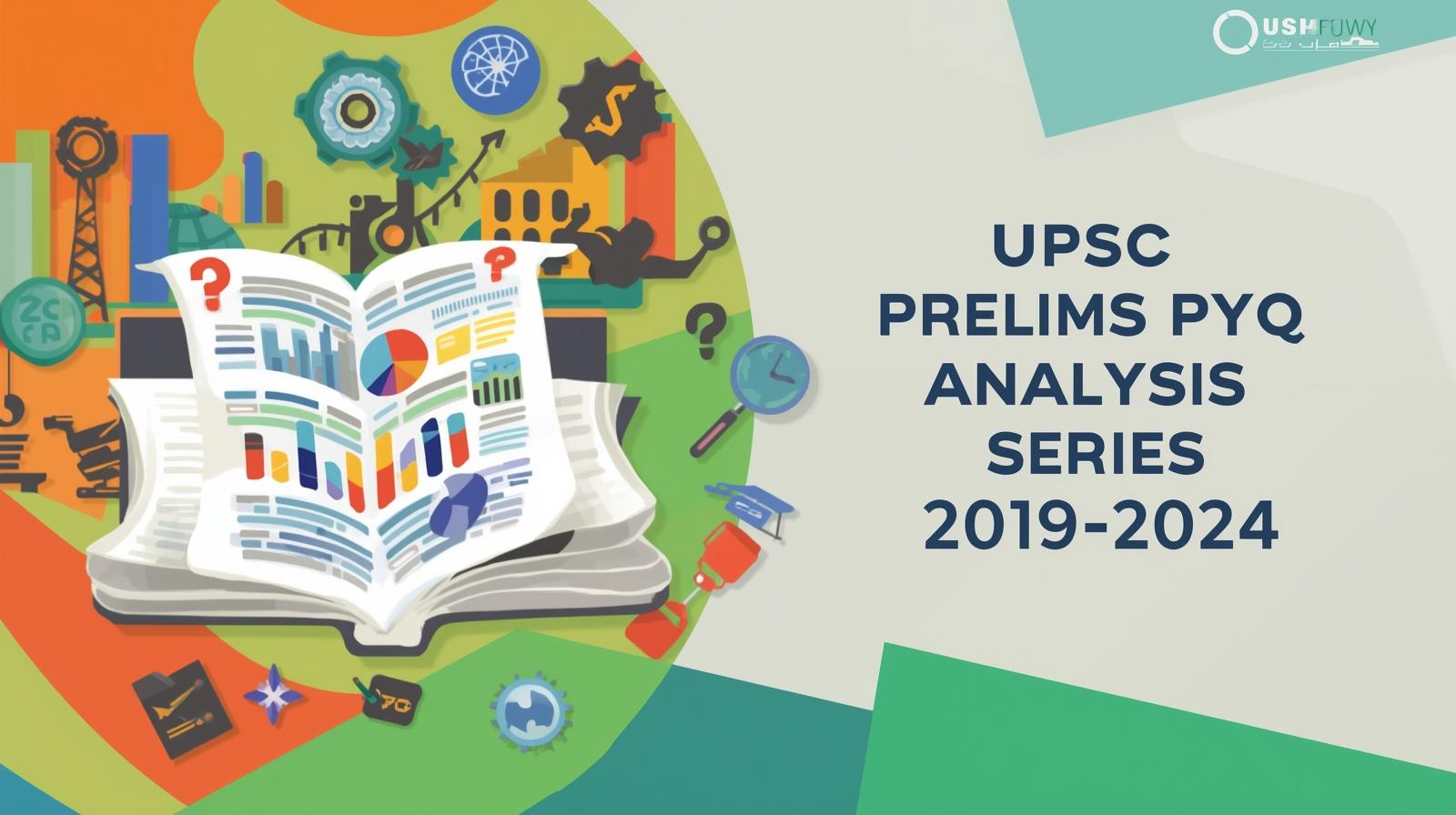UPSC Prelims PYQ Analysis Series (2019-2024): Your Ultimate Strategy to Crack UPSC CSE Prelims
Introduction: Why PYQ Analysis Is a Gamechanger
Decoding UPSC Prelims requires much more than just hard work. Success starts with understanding exam patterns, recurring themes, and important topics—revealed only by deep analysis of previous year questions (PYQs). Effective PYQ analysis anchors preparation, flags examiner focus, and guides you toward both static and current subjects. Toppers consistently declare this practice the backbone of a high-scoring Prelims strategy.
Collecting and Organizing UPSC PYQs
Begin by gathering six years of Prelims question papers (2019–2024) and official answer keys. Download from UPSC, Drishti, or reliable sources. Organize papers chronologically and subject-wise for quick comparison, highlighting their relevance by mapping each question to its syllabus section.
Step 1: Identify Recurring and High-Yield Themes
Examine each year’s paper for repeated questions, both direct and twisted. Highlight topics with recurring presence—e.g., Fundamental Rights, environment, modern history, and economy. Recognize where UPSC prefers conceptual depth or fact-centric questioning. Mark areas that consistently receive high subject-wise weightage (Economy, Environment, Polity, Modern History).
Step 2: Detect Shifts & Emerging Trends
Changes in UPSC’s pattern matter. Recent years show increased focus on conceptual application (linking current affairs to static topics), tighter answer choices, and more ecological/environment questions. Science & Tech moved towards applications: questions on AI, genetics, space, clean energy. Note shifts, e.g., a surge in economy-based questions in 2023 and environment after 2021. Track these trends to fine-tune your study schedule and prioritize subjects that give maximum returns.
Step 3: Master Strategic Elimination Techniques
Elimination is key in Prelims, especially with negative marking (–0.66). PYQ analysis trains you to spot absolute words—“only,” “always,” “never”—that usually flag wrong options. Practicing questions from diverse years hones your ability to discard improbable answers and maximize accuracy under pressure.
Step 4: Build Conceptual Clarity With Explanations
Go beyond mugging up answers. The best PYQ series, like Drishti’s, provides subject-wise explanations, pulling out the concepts behind each answer. Note why an answer is correct—or why the other options are wrong. Use detailed solution sets to reinforce your foundational knowledge. Make short notes and flashcards for tricky or misunderstood PYQ concepts.
Step 5: Connect PYQs to Syllabus and Current Affairs
Map every PYQ to its relevant topic in the official syllabus. For dynamic subjects (Economy, Environment, Polity), connect the question content to recent news, policies, or Supreme Court judgments. Compile a "PYQ notebook" where you summarize patterns, tricky topics, and contemporary examples.
Step 6: Practice Under Exam Conditions
Simulate exam timing—solve full PYQ papers within 120 minutes, using OMR sheets if possible. This builds stamina, speeds up your real test performance, and helps you refine your time management techniques. Repeat with both GS and CSAT papers, since the latter can be a bottleneck if neglected.
Step 7: Spot and Address Weak Areas With PYQ Feedback
Regular PYQ practice uncovers gaps in preparation. Focus on subjects where you repeatedly go wrong. Use feedback to revise weak topics and adjust your schedule. Engage in discussion groups, comment threads, or test series communities (Drishti, Vision IAS, Insights) for additional viewpoints and expert tips.
Step 8: Draw a Subject-Wise Blueprint
Structure your Prelims preparation using subject-wise PYQ analysis:
- Polity: Fundamental Rights, DPSPs, amendments, Supreme Court verdicts
- Geography: Indian rivers, climate, mapping, soil types
- Economy: RBI, schemes, fiscal policies, macro-indicators
- History & Art-Culture: Ancient/modern personalities, reforms, sites
- Environment & Ecology: Ramsar sites, climate treaties, species, IUCN
- Science & Tech: Current applications, ISRO missions, AI, genetics
Align revision cycles and practice tests based on these mapped blueprints.
Common Mistakes in PYQ Analysis
Many aspirants waste time on rare/outlier questions or ignore context. Avoid over-analysing low-yield topics; prioritize high-frequency areas. Do not neglect CSAT or ignore how distractors are framed—practice logical elimination and context-driven approach. Always interpret questions considering UPSC's contemporary focus and examiner mindset.
Interactive Learning and Community Support
Engage in open discussions on educational platforms or YouTube comment threads for Drishti/other credible analysis series. Learning as a community clarifies doubts, reinforces retention, and brings new perspectives. You can also connect in both Hindi and English for bilingual guidance.
Integrating PYQ Analysis With Final Revision Strategy
Leverage PYQ trends for last-phase revision: revisit recurrent PYQ topics and revise concise notes. Treat PYQs as predictive tools—they often signal the UPSC’s future area of focus. Repeatedly solve PYQs, practice timed mocks, and consolidate your error log for focused improvement before Prelims.
Conclusion: PYQs—Your Roadmap to Prelims Success
PYQ analysis transforms guesswork into smart strategy, bringing focus to your UPSC journey. With the right approach, past papers become your best teachers—they help you anticipate examiner preferences, master elimination, fill subject gaps, and stride confidently into Prelims. Deep, structured PYQ analysis (2019-2024) is the ultimate weapon for cracking UPSC CSE Prelims


 firstiasofficial@gmail.com
firstiasofficial@gmail.com
Leave a Comment